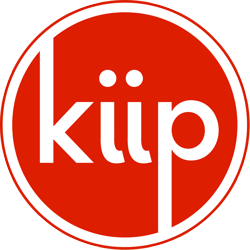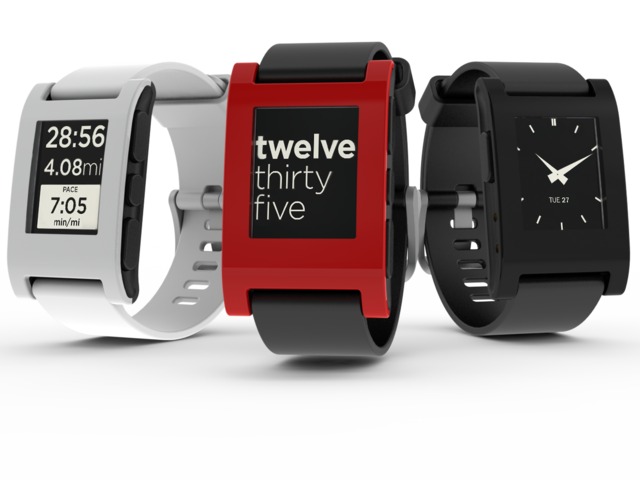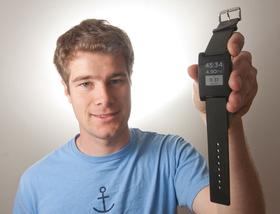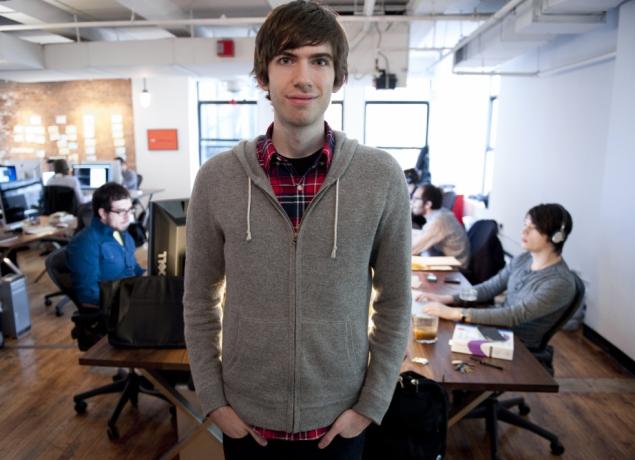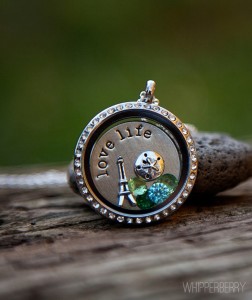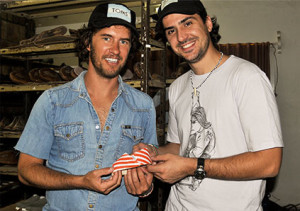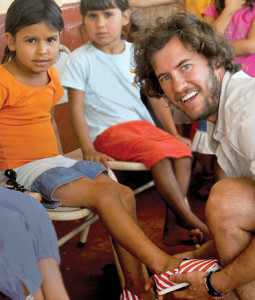When I first came across the name “Stinky Feet Gurlz” I was like “Yes! Something that I can put in my track shoes for when it rains and they are smelly”. Little did I know that this company had nothing at all to do with smelly shoes or feet at all. Stinky Feet Gurlz is a business that was created by Asya Gonzalez at the 14 that involves apparel and accessory items. These items are fun, simple, and cute clothes and accessories is designs based off of the 1940’s. These clothes and accessories include t-shirts and a different variety of knitted hats.
Aside from the clothing and accessories, Gonzalez reaches out to people all over the country. She speaks to large groups of students and teachers about following their dreams with Independent Youth; a peer-to-peer mentorship program that empowers today’s teens to become tomorrow’s business leaders. She also is actively involved in being a teen radio host that gives teens advice and talks about almost anything.
Other than running her own business at a young age, talking to people about following their dreams, and speaking on a radio show, another thing that makes Gonzalez unique is that she donates a little bit from ever sale to her charity She Is Worth It!. This charity is about bringing people aware of child sex slavery. She Is Worth It’s goal is to “have an educational program in EVERY school across America exposing the dangers of trafficking, warning girls that these Pimps are calling themselves “boyfriends” and what our youth and our public MUST know to alert to the issues.” I think this is so awesome because after recently watching that video about this topic last week, it is a true motivation to see that someone so young is supporting such a great cause.
If you think any of Asya Gonzalez items are cute, I think you should definitely invest in her products! Not only are you supporting her growing business and getting cute items, you are supporting to the cause of raising awareness about human trafficking. Happy Blogging!


